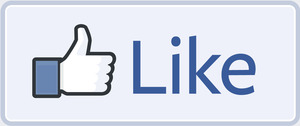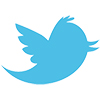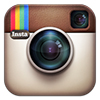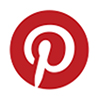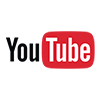EYE OPENER: Salon Operators Substituting Disinfectant?
 I’ve asked salon operators this question: If you run out of everyday bed/goggle-cleaning solution, do you have a substitute product? “Cleaning” solution is a misnomer – since it kills pathogens, you really need to call it disinfectant. With COVID-19 still a daily concern, we all need our facilities to be as clean as possible.
I’ve asked salon operators this question: If you run out of everyday bed/goggle-cleaning solution, do you have a substitute product? “Cleaning” solution is a misnomer – since it kills pathogens, you really need to call it disinfectant. With COVID-19 still a daily concern, we all need our facilities to be as clean as possible.
Robert Ashe, owner of Sun Seekers in Stratham, NH says that he always re-orders bed disinfectant when his supply is about half gone. “I would not consider being out of tanning bed disinfectant!” he exclaims, citing three main reasons: 1) he doesn’t want to use any chemical on his acrylic shields that would harm them and block UV transmission; 2) he doesn’t want to risk irritating his tanners’ skin with products not made for skin contact; and 3) he wants to ensure the solution is killing any pathogens and other possibly transmitted diseases. Perfect answer, Robert!
Many salon operators are unaware that acrylics can’t be exposed to any product containing alcohol or ammonia, as these agents (and many similar compounds) will cloud the material and affect the transmission of UV light to the tanner. So, using Lysol, rubbing alcohol, vinegar with water or Barbicide (a common beauty salon disinfectant) could ruin an acrylic shield, even if the solutions are diluted. Many products might sanitize a surface, but they don’t meet hospital disinfection standards and aren’t meant for contact with skin or acrylic material. And keep this in mind: you are required by law to use a hospital-grade disinfectant certified by the Environmental Protection Agency (EPA) on any surface in the salon that someone will stand on with bare feet or lay down on naked, and you can be subject to local fines if you don’t.




